October 29, 2025
Data Shows Endangered Palau Ground Doves Swiftly Recovering After Successful Palauan Island Conservation Effort
Astounding evidence of recovery on Ulong Island in Palau after just one year!
Published on
February 20, 2018
Written by
Island Conservation
Photo credit
Island Conservation

By: Jaimie Cleeland
MacGillivray’s Prions (Pachyptila macgillivrayi) breed in Prion Cave on Gough Island from November though to April and during this time the Gough field team make regular visits to Prion Cave to monitor their success. The data collected this season, like many before, shows the catastrophic effect mice have on this species. Here we tell the tale of each nest monitored over the last 10 weeks.

A single egg is laid sometime from late November to early December. The egg weighs 30g, which is impressive for such a small seabird (140-230g). At this time the field team are making weekly visits to read the metal identification rings of breeding adults to follow their individual breeding success or failure.

Eggs are incubated for approximately 45 days before hatching in early-mid January. However, this season 33 out of 68 eggs did not hatch. Invasive mice are likely to be a contributing factor to the high failure rate of eggs. Mice chew marks were seen on several broken eggs. Eggs may also fail as inexperienced breeders or breeders in poor body condition abandon their nests leaving the egg unattended. Under normal conditions and with good provisioning, the small chicks would grow fast after hatching and fledge from the nest at the end of March, heading to sea for the first time.
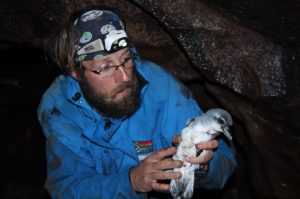
But this season, the signs of mice attack were obvious; several chicks were found alive with open wounds, while the majority were found dead on the nest. No chicks survived beyond 11 days. However, most mortalities occurred within 4 days of hatching, 51 days shy of fledging. With consistently low chick survival the MacGillivray’s Prion population on Gough Island is in peril. The eradication of mice cannot come soon enough for this species.
Featured photo: Landscape of Gough Island. Credit: Island Conservation
Originally printed by Royal Society for the Preservation of Birds (RSPB)
Check out other journal entries we think you might be interested in.

October 29, 2025
Astounding evidence of recovery on Ulong Island in Palau after just one year!
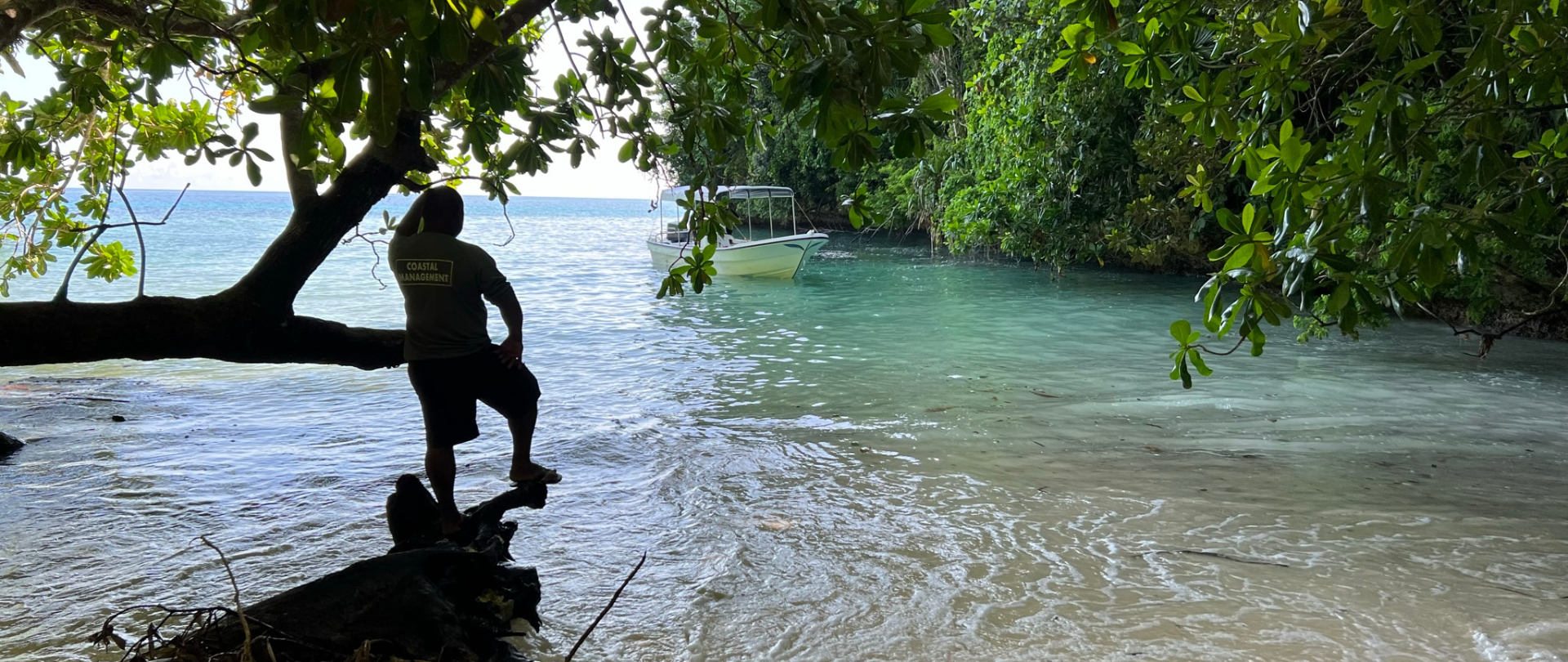
May 19, 2025
Read our position paper on The 3rd United Nations Ocean Conference (UNOC 3) to see why we're attending and what we aim to accomplish!
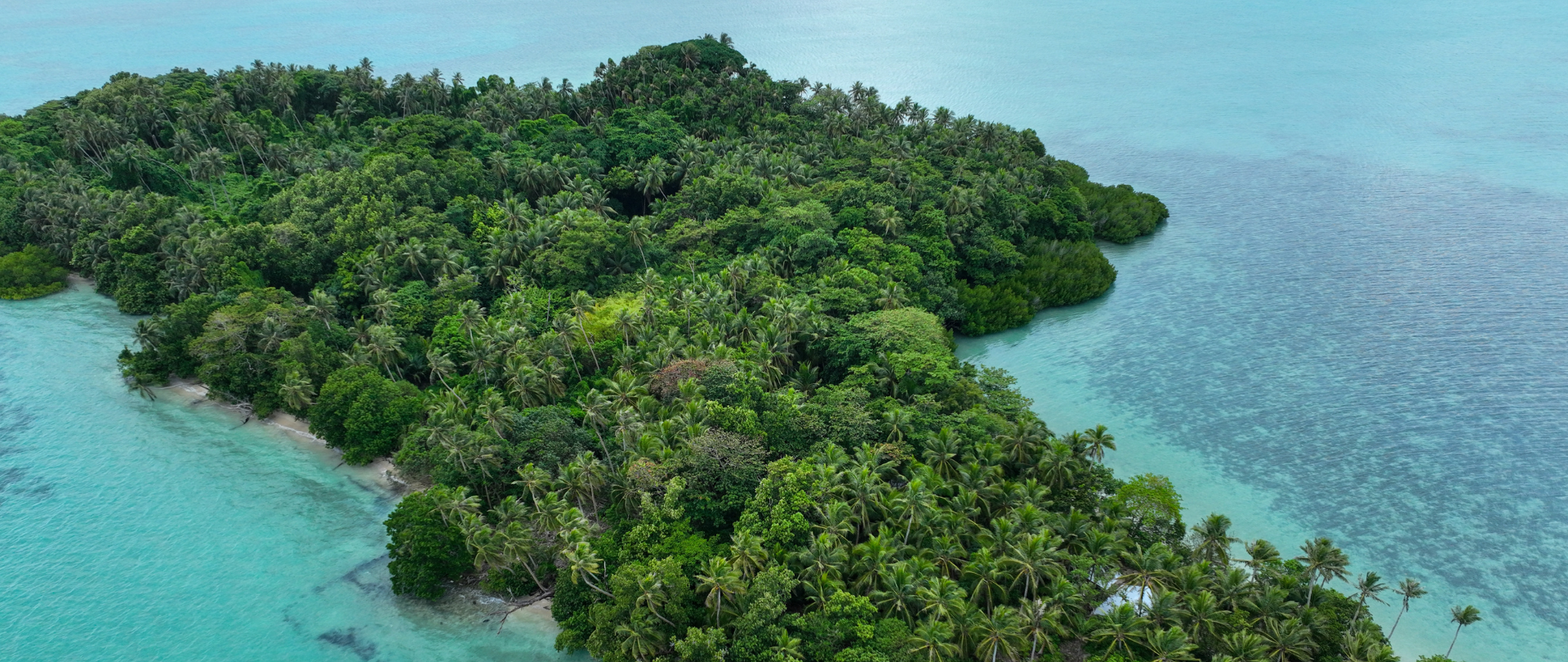
December 4, 2024
Ann Singeo, founder of our partner organization the Ebiil Society, shares her vision for a thriving Palau and a flourishing world of indigenous science!
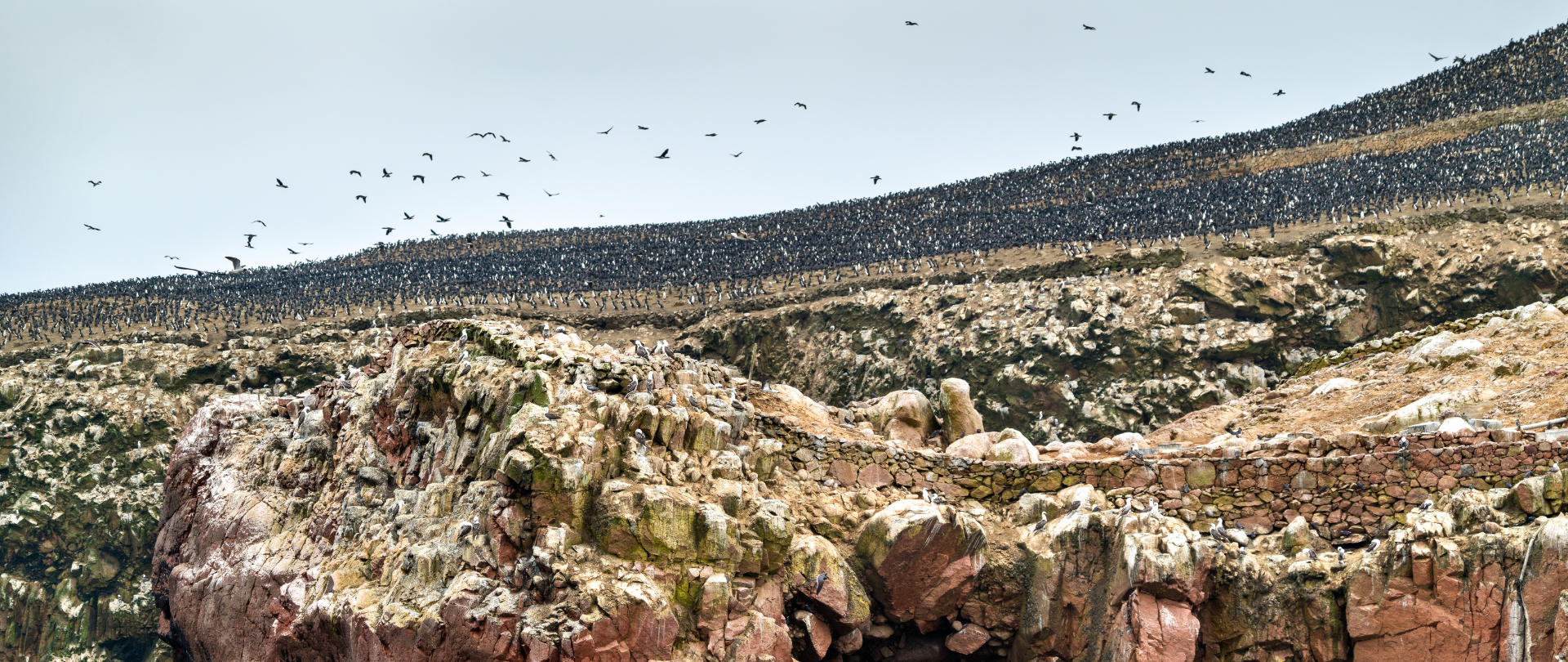
November 22, 2024
This historic agreement aims to protect the marine and coastal areas of the Southeast Pacific.
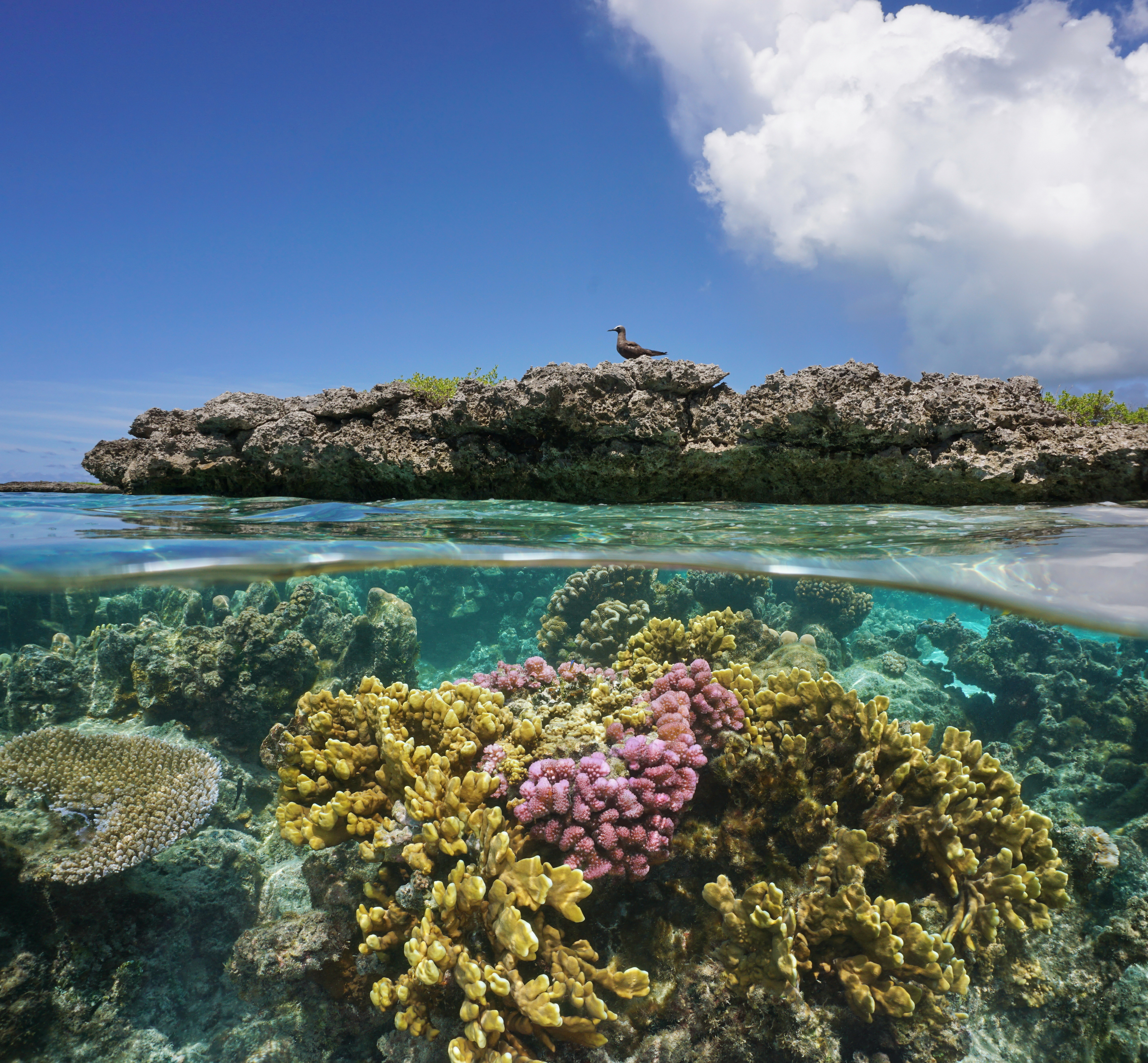
November 18, 2024
Our projects to restore key islets in Nukufetau Atoll forecast climate resilience and community benefits in Tuvalu!
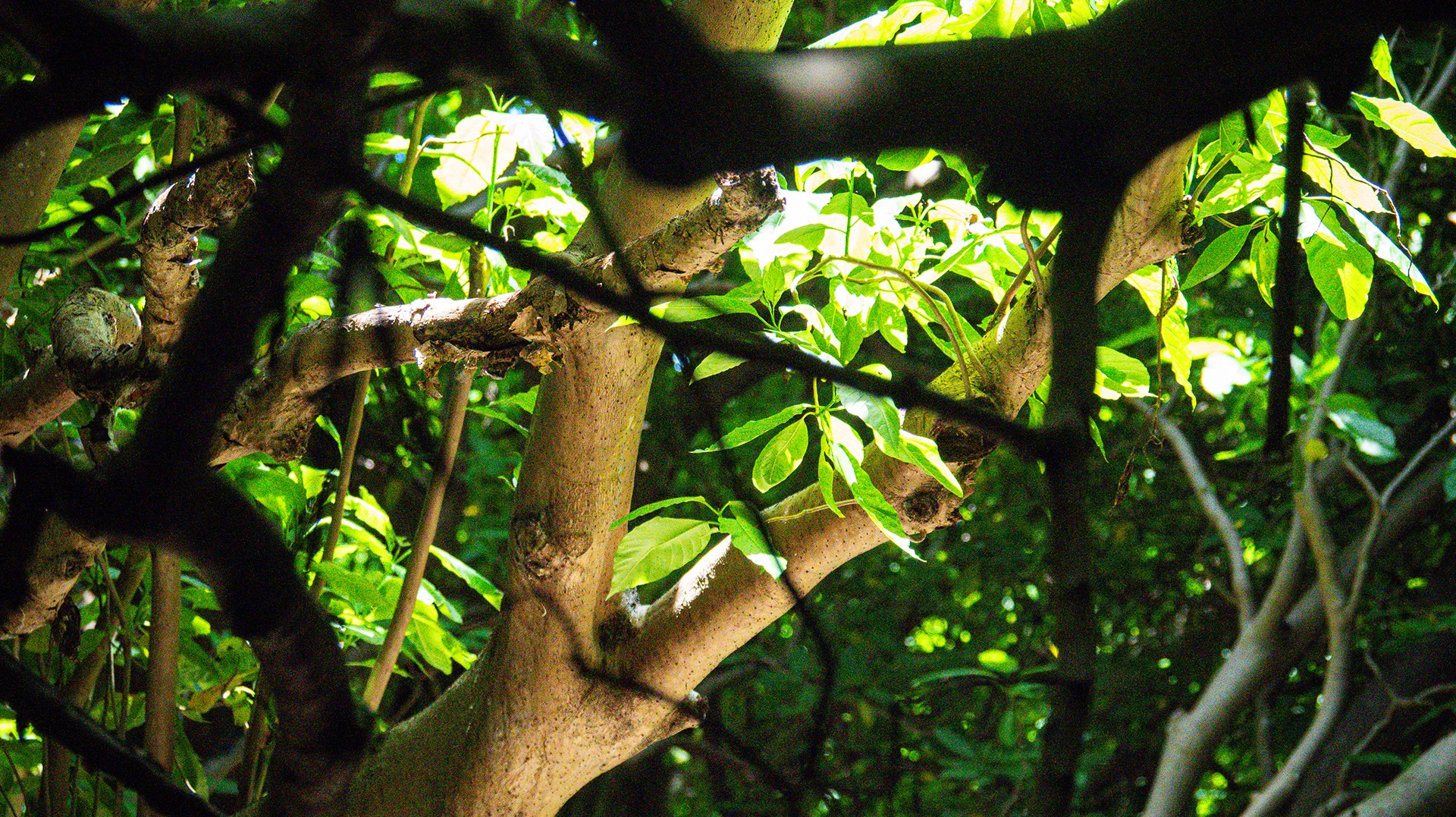
October 3, 2024
Island Conservation and partners have published a new paper quantifying ecosystem resilience on restored islands!
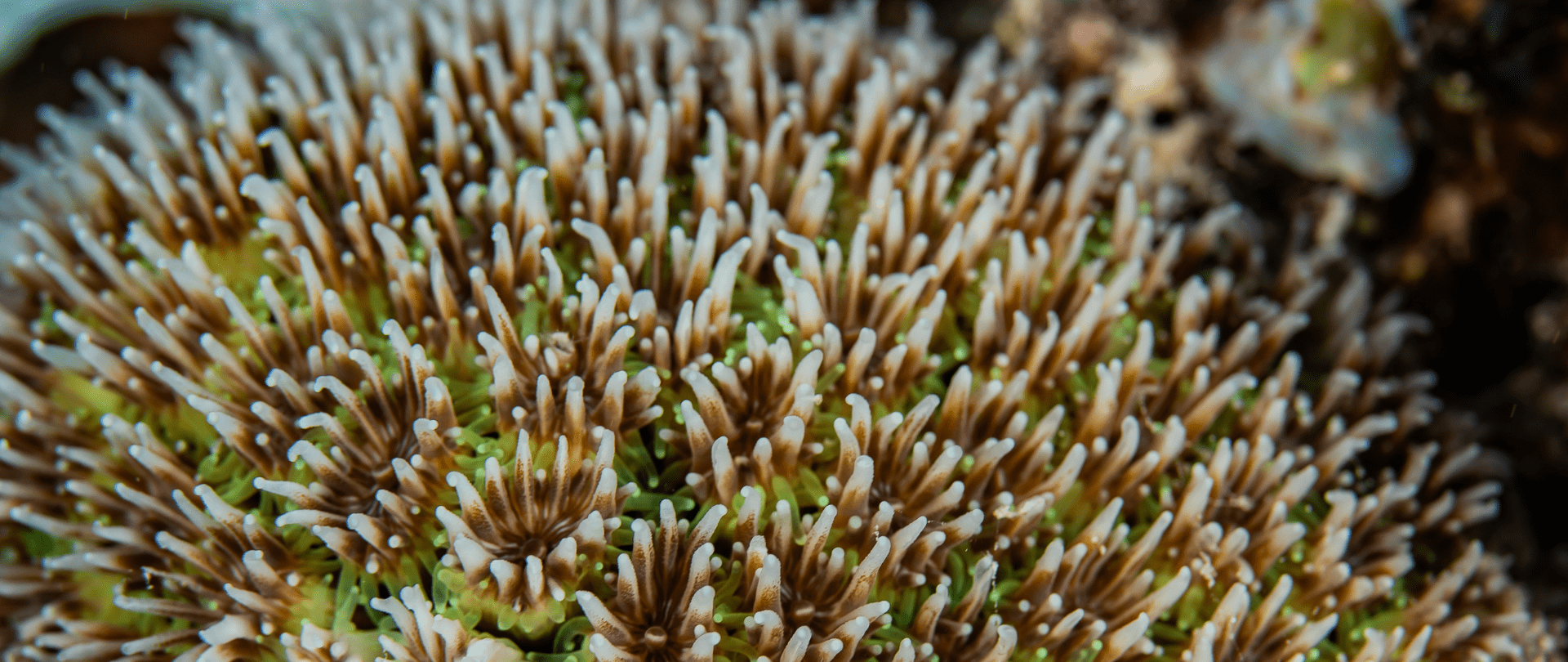
September 10, 2024
Climate Week NYC: what is it and why is it important? Read on to find out why Island Conservation is attending this amazing event!

September 5, 2024
With sea levels on the rise, how are the coastlines of islands transforming? Read on to find out how dynamic islands really are!

December 14, 2023
Join us in celebrating the most amazing sights from around the world by checking out these fantastic conservation photos!
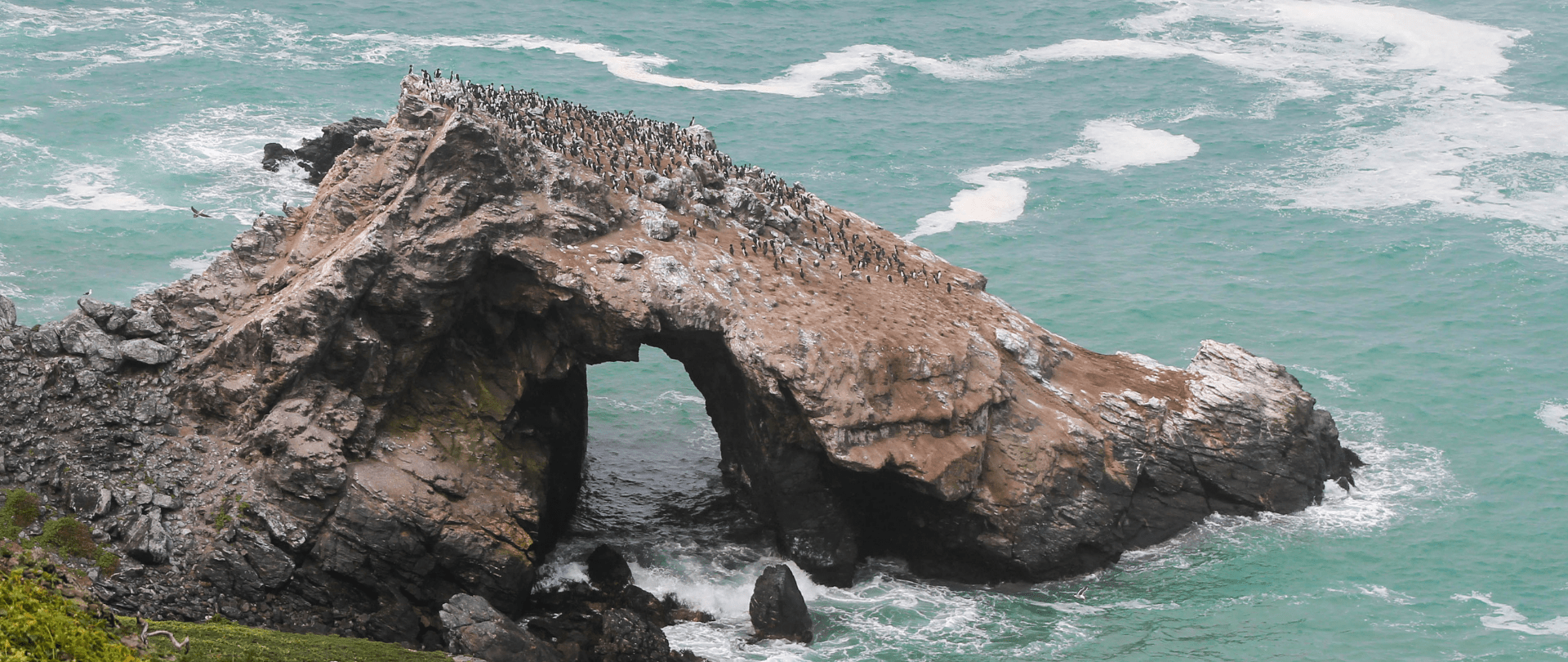
November 28, 2023
Rare will support the effort to restore island-ocean ecosystems by engaging the Coastal 500 network of local leaders in safeguarding biodiversity (Arlington, VA, USA) Today, international conservation organization Rare announced it has joined the Island-Ocean Connection Challenge (IOCC), a global effort to…